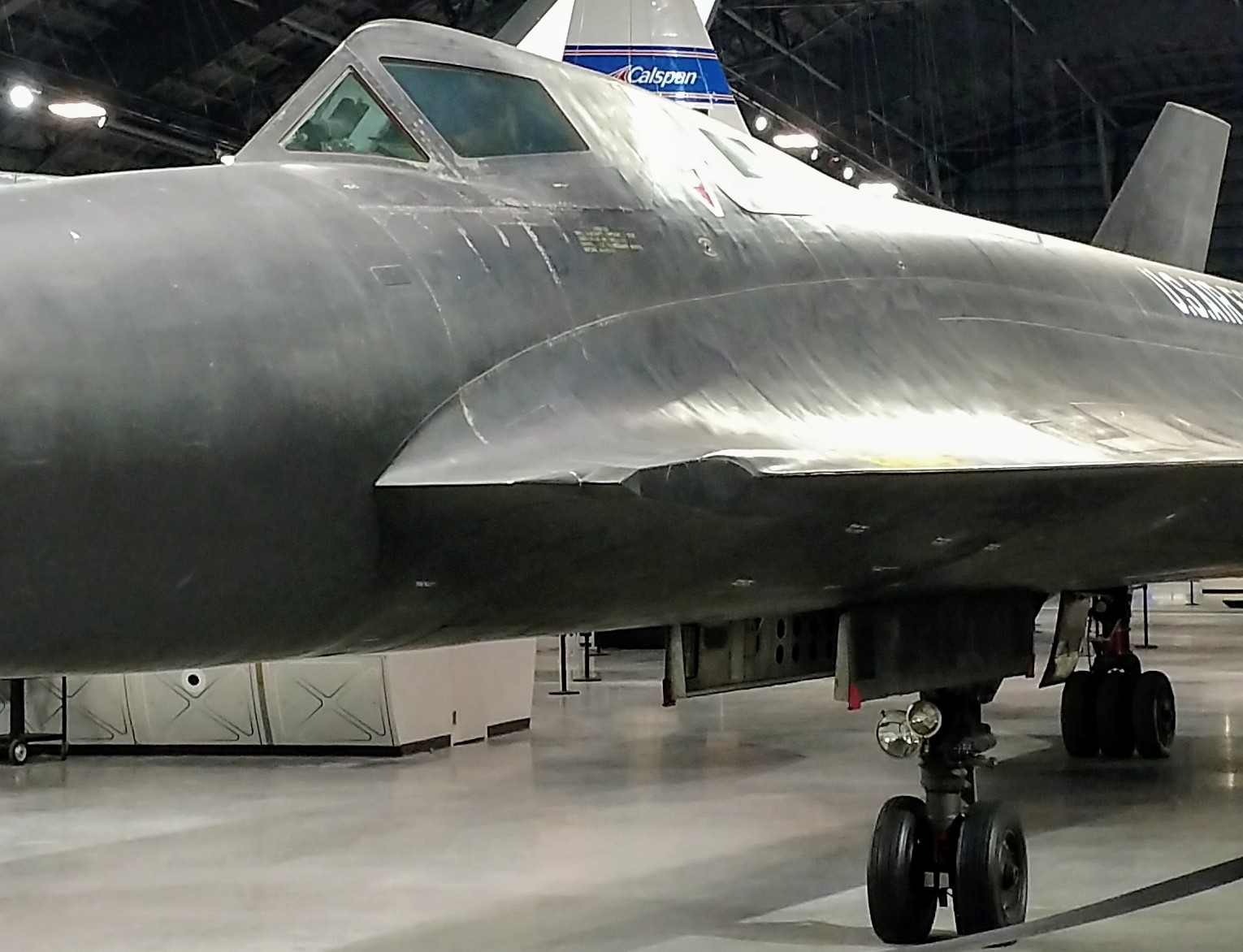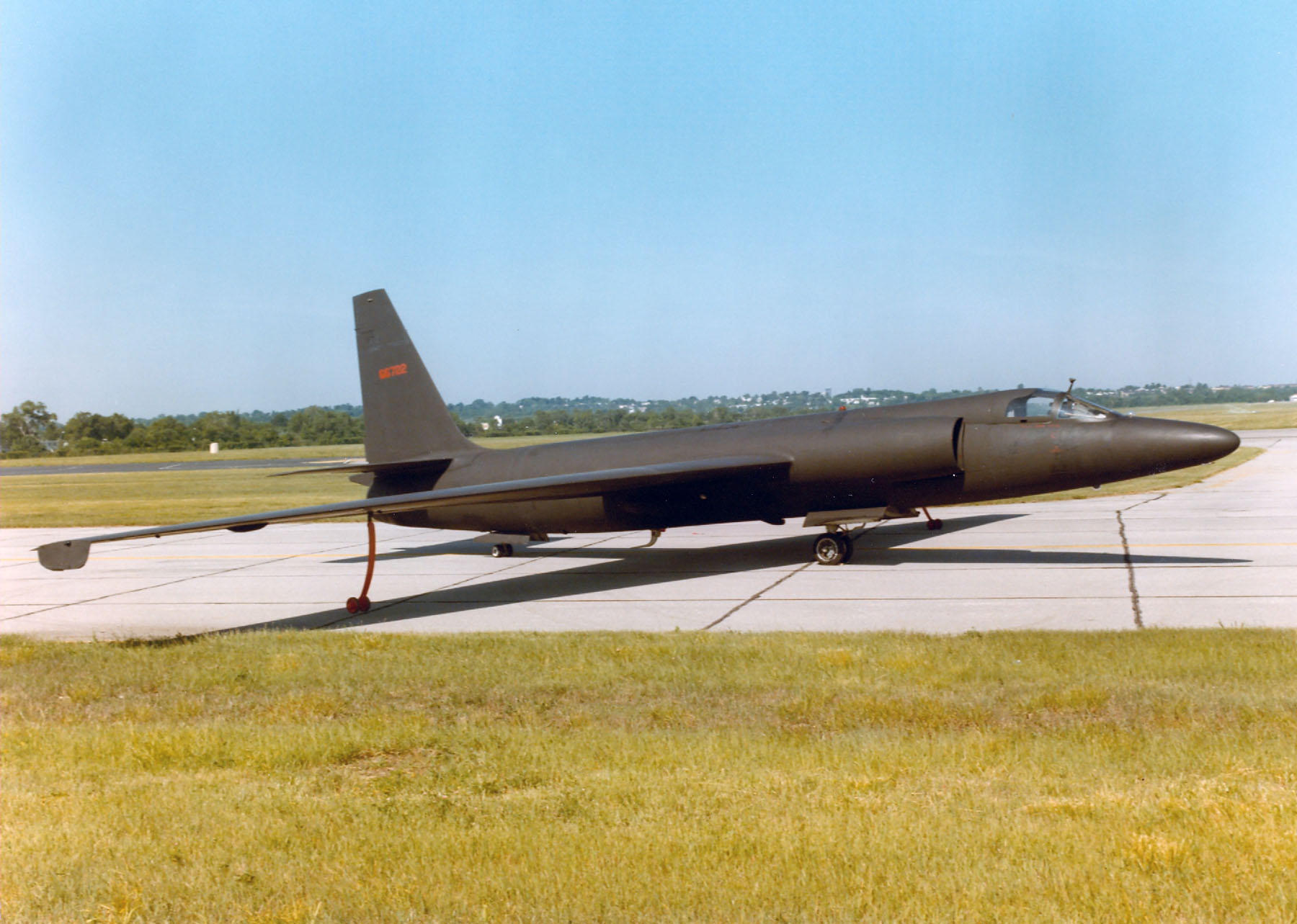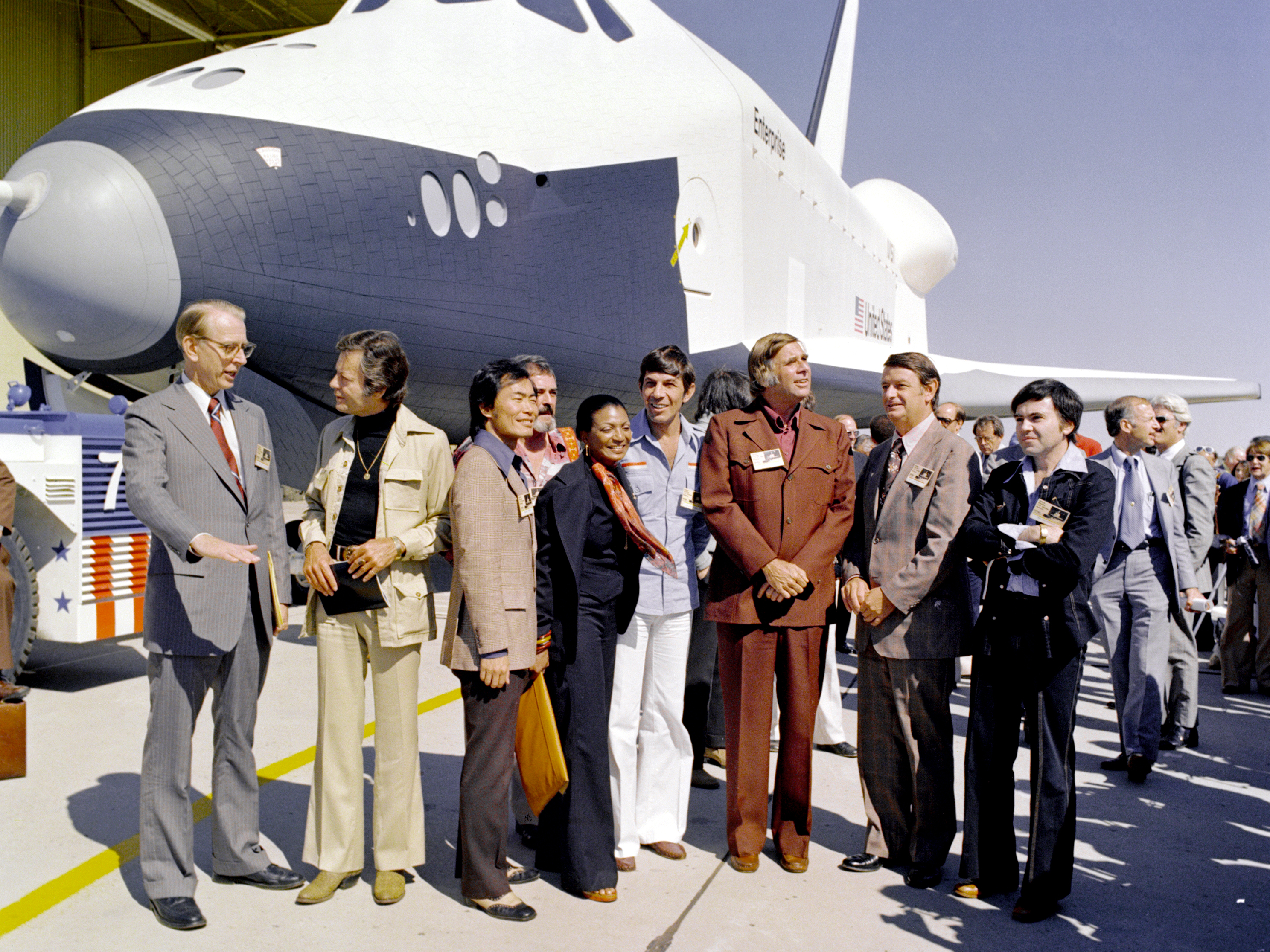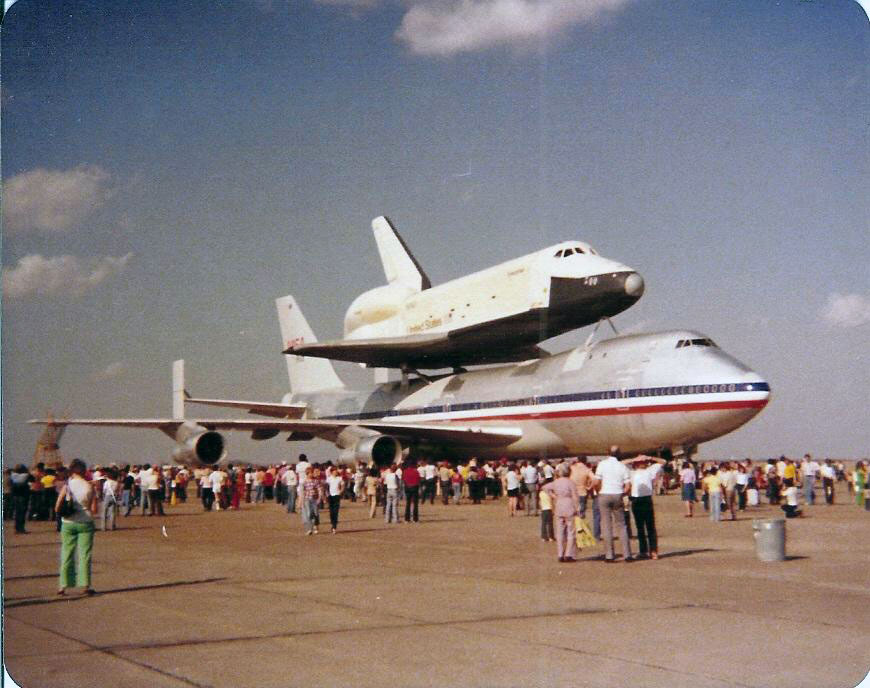|
Thomas McMurtry
Thomas C. McMurtry (June 4, 1935 - January 3, 2015) was an American mechanical engineer, and a former naval aviator, test pilot at NASA's Flight Research Center and a consultant for Lockheed Corporation. Early life and education Born in Crawfordsville, Indiana, on 4 June 1935, McMurtry attended elementary school in Rockville, Indiana, and received his Bachelor of Science degree in mechanical engineering from the University of Notre Dame in June 1957. Military career A former U.S. Navy pilot and graduate of the United States Naval Test Pilot School, NAS Patuxent River, Maryland, McMurtry was a consultant for Lockheed Corporation before joining NASA in 1967. NASA career McMurtry joined NASA as a research test pilot in 1967. The first project he was assigned to as the project pilot was the F-8 Supercritical Wing project. He flew its first flight on 9 March 1971 and that of the NASA AD-1 on 21 December 1979. He was project pilot on the TF-8A Supercritical Wing testbed and the AD- ... [...More Info...] [...Related Items...] OR: [Wikipedia] [Google] [Baidu] |
NASA AD-1
The NASA AD-1 was both an aircraft and an associated flight test program conducted between 1979 and 1982 at the NASA Dryden Flight Research Center, Edwards California, which successfully demonstrated an aircraft wing that could be pivoted obliquely from zero to 60 degrees during flight. The unique oblique wing was demonstrated on a small, subsonic jet-powered research aircraft called the AD-1 (Ames-Dryden-1). The aircraft was flown 79 times during the research program, which evaluated the basic pivot-wing concept and gathered information on handling qualities and aerodynamics at various speeds and degrees of pivot. Project background The first known oblique wing design was the Blohm & Voss P.202, proposed by Richard Vogt in 1942. The oblique wing concept was later promoted by Robert T. Jones, an aeronautical engineer at NASA's Ames Research Center, Moffett Field, California. Analytical and wind tunnel studies Jones initiated at Ames indicated that a transport-size oblique-wi ... [...More Info...] [...Related Items...] OR: [Wikipedia] [Google] [Baidu] |
Dryden Flight Research Center
The NASA Neil A. Armstrong Flight Research Center (AFRC) is an aeronautical research center operated by NASA. Its primary campus is located inside Edwards Air Force Base in California and is considered NASA's premier site for aeronautical research. AFRC operates some of the most advanced aircraft in the world and is known for many aviation firsts, including critical support for the first crewed airplane to exceed the speed of sound in level flight with the Bell X-1, highest speed ever recorded by a crewed, powered aircraft (North American X-15), the first pure digital fly-by-wire aircraft (F-8 DFBW), and many others. AFRC also operates a second site in Palmdale, Ca. known as Building 703, once the former Rockwell International/North American Aviation production facility, next to Air Force Plant 42. There, AFRC houses and operates several of NASA's Science Mission Directorate aircraft including SOFIA (Stratospheric Observatory For Infrared Astronomy), a DC-8 Flying Laboratory, a ... [...More Info...] [...Related Items...] OR: [Wikipedia] [Google] [Baidu] |
Ames-Dryden Flight Research Facility
The NASA Neil A. Armstrong Flight Research Center (AFRC) is an aeronautical research center operated by NASA. Its primary campus is located inside Edwards Air Force Base in California and is considered NASA's premier site for aeronautical research. AFRC operates some of the most advanced aircraft in the world and is known for many aviation firsts, including critical support for the first crewed airplane to exceed the speed of sound in level flight with the Bell X-1, highest speed ever recorded by a crewed, powered aircraft (North American X-15), the first pure digital fly-by-wire aircraft (F-8 DFBW), and many others. AFRC also operates a second site in Palmdale, Ca. known as Building 703, once the former Rockwell International/North American Aviation production facility, next to Air Force Plant 42. There, AFRC houses and operates several of NASA's Science Mission Directorate aircraft including SOFIA (Stratospheric Observatory For Infrared Astronomy), a DC-8 Flying Laboratory, a ... [...More Info...] [...Related Items...] OR: [Wikipedia] [Google] [Baidu] |
Lockheed F-104 Starfighter
The Lockheed F-104 Starfighter is an American single-engine, supersonic air superiority fighter which was extensively deployed as a fighter-bomber during the Cold War. Created as a day fighter by Lockheed as one of the "Century Series" of fighter aircraft for the United States Air Force (USAF), it was developed into an all-weather multirole aircraft in the early 1960s and produced by several other nations, seeing widespread service outside the United States. After a series of interviews with Korean War fighter pilots in 1951, Kelly Johnson, then lead designer at Lockheed, opted to reverse the trend of ever-larger and more complex fighters and produce a simple, lightweight aircraft with maximum altitude and climb performance. On 4 March 1954, the Lockheed XF-104 took to the skies for the first time, and on 26 February 1958 the production fighter was activated by the USAF. Only a few months later it was pressed into action during the Second Taiwan Strait Crisis, when it was de ... [...More Info...] [...Related Items...] OR: [Wikipedia] [Google] [Baidu] |
Lockheed YF-12
The Lockheed YF-12 was an American Mach 3+ capable, high-altitude interceptor prototype, developed and manufactured by American aerospace company Lockheed Corporation. It was developed during the late 1950s and early 1960s as a potential replacement for the F-106 Delta Dart interceptor for the United States Air Force (USAF). The YF-12 was a twin-seat version of the then-secret single-seat Lockheed A-12 reconnaissance aircraft operated by the Central Intelligence Agency (CIA); unlike the A-12, it was furnished with the Hughes AN/ASG-18 fire-control radar and could be armed with AIM-47 Falcon (GAR-9) air-to-air missiles. Its maiden flight was on 7 August 1963. Its existence was publicly revealed by President Lyndon B. Johnson on 24 February 1964; this move was to provide plausible deniability for the CIA-operated A-12 fleet, which closely resembled the prototype YF-12. During the 1960s, the YF-12 underwent flight evaluations by the USAF, but funding to put it into operati ... [...More Info...] [...Related Items...] OR: [Wikipedia] [Google] [Baidu] |
Vought F-8 Crusader
The Vought F-8 Crusader (originally F8U) is a single-engine, supersonic, carrier-based air superiority jet aircraft built by Vought for the United States Navy and United States Marine Corps (replacing the Vought F7U Cutlass), and for the French Navy. The first F-8 prototype was ready for flight in February 1955. The F-8 served principally in the Vietnam War. The Crusader was the last American fighter with guns as the primary weapon, earning it the title "The Last of the Gunfighters".Tillman 1990 The RF-8 Crusader was a photo-reconnaissance development and operated longer in U.S. service than any of the fighter versions. RF-8s played a crucial role in the Cuban Missile Crisis, providing essential low-level photographs impossible to acquire by other means. United States Navy Reserve units continued to operate the RF-8 until 1987. Design and development In September 1952, the United States Navy announced a requirement for a new fighter. It was to have a top speed of Mach 1.2 ... [...More Info...] [...Related Items...] OR: [Wikipedia] [Google] [Baidu] |
Lockheed U-2
The Lockheed U-2, nicknamed "''Dragon Lady''", is an American single-jet engine, high altitude reconnaissance aircraft operated by the United States Air Force (USAF) and previously flown by the Central Intelligence Agency (CIA). It provides day and night, high-altitude (), all-weather intelligence gathering. Lockheed Corporation originally proposed it in 1953, it was approved in 1954, and its first test flight was in 1955. It was flown during the Cold War over the Soviet Union, China, Vietnam War, Vietnam, and Cuba. In 1960, Francis Gary Powers, Gary Powers was 1960 U-2 incident, shot down in a CIA U-2C over the Soviet Union by a surface-to-air missile (SAM). Major Rudolf Anderson, Rudolf Anderson Jr. was shot down in a U-2 during the Cuban Missile Crisis in 1962. U-2s have taken part in post-Cold War conflicts in War in Afghanistan (2001–2021), Afghanistan and Operation Iraqi Freedom, Iraq, and supported several multinational NATO operations. The U-2 has also been used for ... [...More Info...] [...Related Items...] OR: [Wikipedia] [Google] [Baidu] |
Space Shuttle Enterprise
Space Shuttle ''Enterprise'' (Orbiter Vehicle Designation: OV-101) was the first orbiter of the Space Shuttle system. Rolled out on September 17, 1976, it was built for NASA as part of the Space Shuttle program to perform atmospheric test flights after being launched from a modified Boeing 747. It was constructed without engines or a functional heat shield. As a result, it was not capable of spaceflight. Originally, ''Enterprise'' had been intended to be refitted for orbital flight to become the second space-rated orbiter in service. However, during the construction of , details of the final design changed, making it simpler and less costly to build around a body frame that had been built as a test article. Similarly, ''Enterprise'' was considered for refit to replace ''Challenger'' after the latter was destroyed, but was built from structural spares instead. ''Enterprise'' was restored and placed on display in 2003 at the Smithsonian's new Steven F. Udvar-Hazy Center i ... [...More Info...] [...Related Items...] OR: [Wikipedia] [Google] [Baidu] |
X-24B
The Martin Marietta X-24 was an American experimental aircraft developed from a joint United States Air Force-NASA program named PILOT (1963–1975). It was designed and built to test lifting body concepts, experimenting with the concept of unpowered reentry and landing, later used by the Space Shuttle. also available as a PDF file'. Originally built as the X-24A, the aircraft was later rebuilt as the X-24B. The X-24 was drop launched from a modified B-52 Stratofortress at high altitudes before igniting its rocket engine; after expending its rocket fuel, the pilot would glide the X-24 to an unpowered landing. Design and development The X-24 was one of a group of lifting bodies flown by the NASA Flight Research Center (now Armstrong Flight Research Center) in a joint program with the U.S. Air Force at Edwards Air Force Base in California from 1963 to 1975. The lifting bodies were used to demonstrate the ability of pilots to maneuver and safely land wingless vehicles designe ... [...More Info...] [...Related Items...] OR: [Wikipedia] [Google] [Baidu] |
F-15 Eagle
The McDonnell Douglas F-15 Eagle is an American twin-engine, all-weather tactical fighter aircraft designed by McDonnell Douglas (now part of Boeing). Following reviews of proposals, the United States Air Force selected McDonnell Douglas's design in 1969 to meet the service's need for a dedicated air superiority fighter. The Eagle first flew in July 1972, and entered service in 1976. It is among the most successful modern fighters, with over 100 victories and no losses in aerial combat, with the majority of the kills by the Israeli Air Force.Spick 2000, p. 127. The Eagle has been exported to Israel, Japan, and Saudi Arabia. The F-15 was originally envisioned as a pure air-superiority aircraft. Its design included a secondary ground-attack capability that was largely unused. The aircraft design proved flexible enough that an improved all-weather strike derivative, the F-15E Strike Eagle, was later developed, entered service in 1989 and has been exported to several nations. S ... [...More Info...] [...Related Items...] OR: [Wikipedia] [Google] [Baidu] |
Shuttle Carrier Aircraft
The Shuttle Carrier Aircraft (SCA) are two extensively modified Boeing 747 airliners that NASA used to transport Space Shuttle orbiters. One (N905NA) is a 747-100 model, while the other (N911NA) is a short range 747-100SR. The SCAs were used to ferry Space Shuttles from landing sites back to the Shuttle Landing Facility at the Kennedy Space Center. The orbiters were placed on top of the SCAs by Mate-Demate Devices, large gantry-like structures that hoisted the orbiters off the ground for post-flight servicing then mated them with the SCAs for ferry flights. In approach and landing test flights conducted in 1977, the test shuttle ''Enterprise'' was released from an SCA during flight and glided to a landing under its own control. Design and development The Lockheed C-5 Galaxy was considered for the shuttle-carrier role by NASA, but rejected in favor of the 747. This was due to the 747's low-wing design in comparison to the C-5's high-wing design, and also because the U.S. Ai ... [...More Info...] [...Related Items...] OR: [Wikipedia] [Google] [Baidu] |

.jpg)






